15 Dangerous Things You Should Never Heat in Your Microwave
Microwaves revolutionize kitchen convenience, but some items spell disaster when zapped.
Seemingly innocent objects can transform into dangerous projectiles or toxic hazards inside this modern cooking marvel.
Metallic surfaces spark dramatic electrical reactions that could damage your appliance instantly.
Delicate materials might melt, warp, or release potentially harmful chemical compounds when exposed to intense electromagnetic waves.
Kitchen safety depends on recognizing which objects threaten your microwave's functionality and your personal well-being.
Certain everyday items hide unexpected risks that most people overlook without realizing potential consequences..
Protecting your appliance and maintaining a safe cooking environment requires strategic awareness: Check out these 15 critical items to avoid microwaving:.
Non-Microwave-Safe Plastics
Microwaving certain plastics poses serious health risks as they can leach toxic chemicals like BPA into your food when heated.
Plastic containers without microwave-safe labels may warp, melt, or release dangerous substances that contaminate meals.
Hazardous chemicals can seep into hot dishes, potentially causing long-term health problems for unsuspecting cooks.
Careful consumers should always inspect plastic container labels before heating.
Glass and ceramic dishes provide safer alternatives for microwave cooking.
Smart kitchen practices protect you from unnecessary chemical exposure during meal preparation.
Aluminum Foil
Microwaving aluminum foil poses serious safety risks that can lead to dangerous sparking and potential fire hazards.
Metal conducts electricity differently than microwave-safe materials, causing intense heat buildup and electrical arcing.
Sharp edges on crumpled foil increase the likelihood of sparking and potential damage to your microwave.
Thin metal sheets heat rapidly and can quickly become superheated, creating unpredictable electrical reactions.
Professional chefs and kitchen safety experts strongly recommend using only microwave-safe ceramic, glass, or plastic containers.
Transferring food to appropriate dishes before microwaving prevents potential kitchen accidents and protects your appliance from electrical damage.
Metal Containers
Microwaving metal containers poses serious safety risks that can quickly lead to sparking, electrical currents, and potential fire hazards.
Electrons inside metal surfaces react dramatically when exposed to microwave radiation, causing dangerous electrical movements.
Aluminum foil creates similar dangerous conditions inside microwave ovens.
Glass and ceramic containers provide safer alternatives for heating food.
Metal objects should always remain far from microwave interiors to prevent appliance damage.
Kitchen safety depends on selecting appropriate microwave-compatible cookware that prevents unexpected electrical reactions.
Styrofoam
Microwaving Styrofoam containers poses serious health risks with potential chemical leaching and fire hazards.
Toxic substances can seep into your food when the material melts under high temperatures.
Plastic polymers in Styrofoam break down rapidly when exposed to microwave radiation.
Food safety experts strongly recommend transferring meals to ceramic or glass dishes before reheating.
Chemical compounds like styrene may contaminate your meal during the warming process.
Protecting your health means avoiding Styrofoam in microwave ovens at all costs.
Brown Paper Bags
Paper bags pose serious health risks when microwaved, potentially igniting or releasing harmful chemicals from adhesives and printing ink.
Manufacturers design these bags for grocery transport, not heating food safely.
Thin, untreated paper quickly becomes combustible under microwave radiation.
Chemical compounds in bag materials can contaminate your meal with toxic substances.
Kitchen experts strongly recommend using designated microwave-safe containers for heating food.
Ceramic plates, glass dishes, and specific microwave-approved containers provide safer alternatives for warming meals.
Eggs in Their Shell
Microwave egg cooking demands caution and precise technique to avoid potential kitchen explosions.
Rapid steam buildup inside uncracked shells creates dangerous pressure that can cause dramatic shattering.
Smart cooks always crack eggs into microwave-safe containers before heating to prevent messy accidents.
Professional chefs recommend piercing egg yolks to release trapped steam and ensure even cooking.
Careful microwave preparation helps you enjoy perfectly cooked eggs without risking unexpected shell ruptures.
Safety precautions transform a risky cooking method into a quick and convenient breakfast strategy.
Tomato Sauce or Soup Without a Cover
Microwave cooking demands careful attention when heating tomato-based liquids, especially since uncovered dishes create dangerous splatter zones with unpredictable steam bursts.
Steam pressure builds quickly inside sauces and soups, causing explosive hot droplets that can coat your microwave's interior with messy red stains.
Professional chefs recommend using microwave-safe lids or plates with small vents to control steam release and prevent kitchen chaos.
Covering your container allows even heating and protects surfaces from tomato sauce explosions.
Ceramic or glass covers work best for managing liquid heat distribution.
Safety-conscious home cooks always shield their dishes to minimize cleanup and prevent potential burns.
Bread
Bread lovers know toasting or oven-warming creates the most delicious results, preserving the perfect texture and warmth.
Microwaving bread quickly dries out the crumb, making it tough and unpleasant to eat.
Professional chefs recommend brief heating methods that maintain moisture and prevent rubbery consistency.
Quick zaps in the microwave should last no more than a few seconds to prevent complete texture destruction.
Toasters offer the most reliable method for reviving day-old bread.
Ovens provide another excellent alternative for gently reheating bread without compromising its original quality.
Certain Travel Mugs
Stainless steel travel mugs pose serious risks when placed in microwaves due to potential sparking and fire hazards.
Metal components inside plastic mugs can also trigger dangerous electrical reactions when exposed to microwave radiation.
Manufacturers typically warn against microwave use for most travel containers to prevent potential damage or safety incidents.
Labels often provide clear guidance about microwave compatibility for different mug materials.
Ceramic and glass containers generally offer safer microwave heating alternatives.
Understanding material limitations helps you protect yourself and your appliances from unexpected accidents.
Frozen Meat
Microwaving frozen meat leads to dangerous uneven heating, risking undercooked centers and overcooked exteriors that compromise food safety.
Meat requires gradual temperature changes to maintain quality and prevent bacterial growth.
Refrigerator thawing provides the safest method, allowing steady defrosting without temperature fluctuations.
Cold water thawing works faster for urgent situations, submerging sealed meat packages in chilled water and changing water every 30 minutes.
Microwave defrost settings can work in a pinch but demand careful monitoring and immediate cooking.
Professional chefs recommend planning ahead to ensure meat reaches ideal temperatures without compromising texture or flavor.
Whole Potatoes
Microwaving potatoes requires careful preparation to prevent kitchen disasters.
Poking holes in potato skins with a fork allows critical steam to escape during heating.
Professional chefs recommend creating multiple punctures across the potato's surface before microwave cooking.
Steam buildup inside an unpierced potato creates intense pressure that can cause sudden explosive ruptures.
Fork holes act as critical release points for internal steam during cooking.
Safety precautions ensure delicious, intact potatoes without messy microwave mishaps.
Water in a Mug
Microwaving water in a mug poses surprising dangers that most people overlook.
Superheated water can reach temperatures beyond boiling without showing typical bubbling signs, creating an invisible risk of sudden, explosive eruptions.
Unexpected movement or adding something to the mug can trigger violent reactions that might splash scalding liquid onto skin.
Scientists warn that this phenomenon occurs when water becomes heated past its normal boiling point without displaying standard boiling indicators.
Kitchen safety experts recommend using a kettle or carefully stirring water after microwaving to prevent potential injuries.
Checking water temperature and avoiding rapid disturbances can help prevent dangerous superheating incidents.
Foam Insulation
Microwaving foam containers poses serious health risks, as the material can melt, deform, or emit toxic chemicals when exposed to high temperatures.
Dangerous substances may leach into your food, compromising its safety and potentially harming your health.
Ceramic, glass, and specially marked microwave-safe plastics offer reliable alternatives for heating meals.
Kitchen safety demands careful selection of containers to prevent potential chemical contamination.
Manufacturers warn against using foam-based materials in microwaves due to their unstable composition.
Smart cooking practices protect you from unexpected chemical reactions and potential health hazards.
Hot Peppers
Hot peppers pack serious heat that demands careful handling during cooking.
Volatile oils inside these fiery ingredients can quickly spread through the air, causing intense eye and throat irritation when microwaved.
Professional chefs recommend avoiding microwave heating for these spicy vegetables.
Kitchen safety requires alternative cooking methods like stovetop or oven preparation.
Proper ventilation helps minimize potential respiratory discomfort when working with capsaicin-rich peppers.
Smart cooks protect themselves by understanding the chemical properties of these powerful ingredients.
Grapes
Microwaving grapes triggers a bizarre scientific phenomenon where these innocent fruits create dangerous plasma, sparking and potentially causing fires.
Grape molecules interact uniquely when heated, generating electrical charges through complex sugar and water interactions.
Scientists have documented this surprising reaction, warning people about the risks of microwaving whole grapes.
Plasma formation occurs rapidly, creating mini lightning-like effects inside microwaves.
Researchers continue studying this unexpected grape behavior to understand its underlying physics.
Home cooks should absolutely avoid placing grapes in microwave ovens to prevent potential damage and safety hazards.

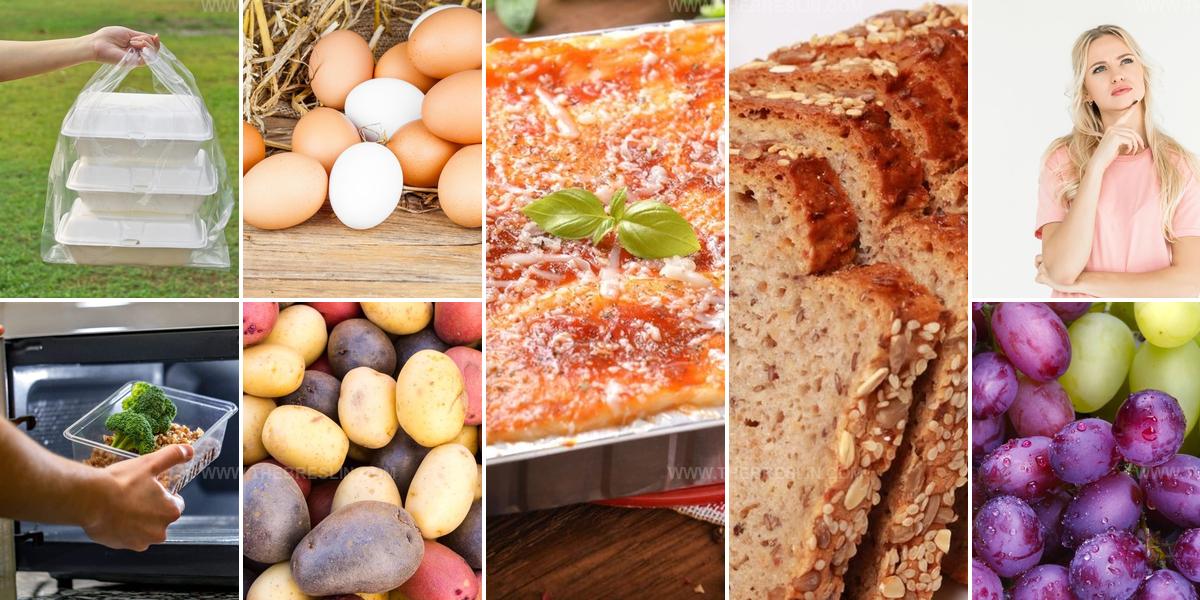
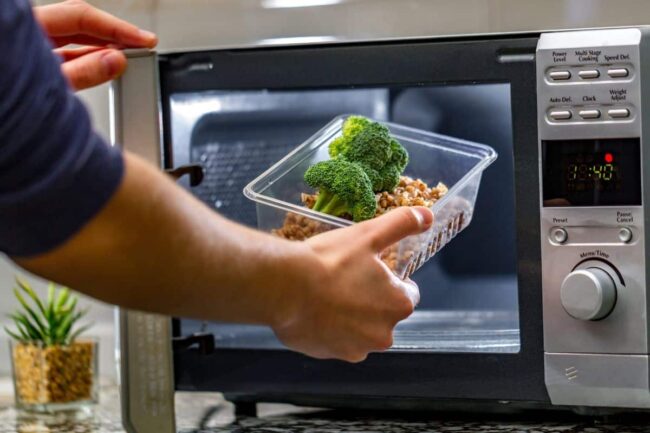
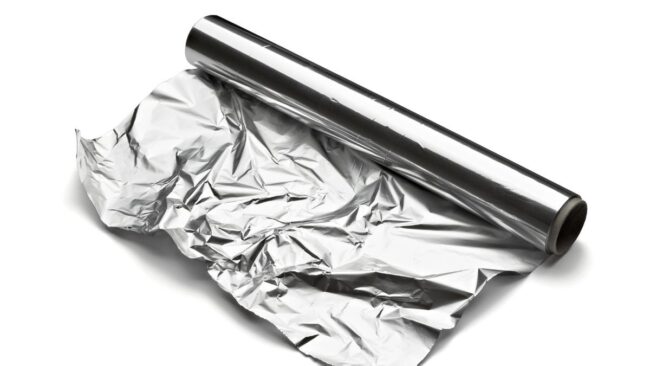
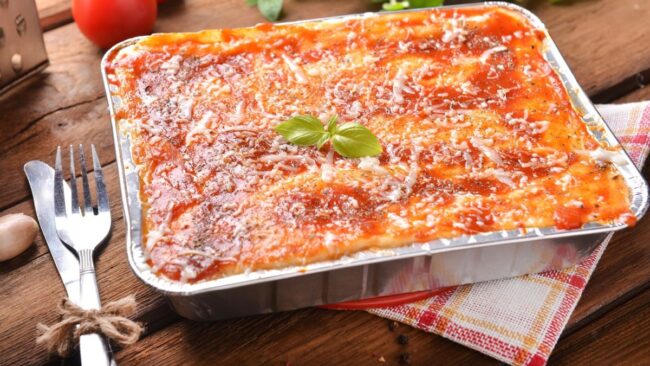
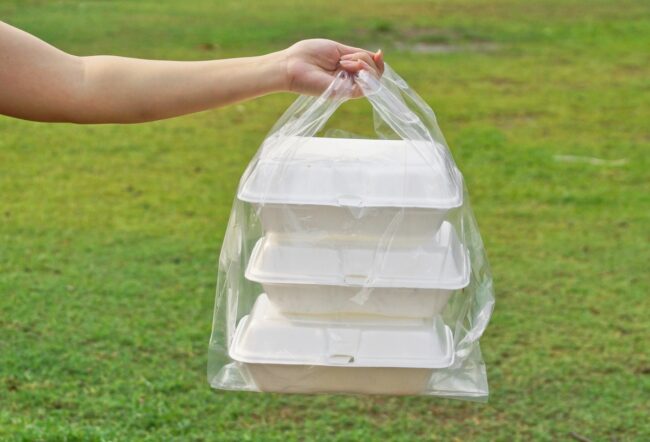
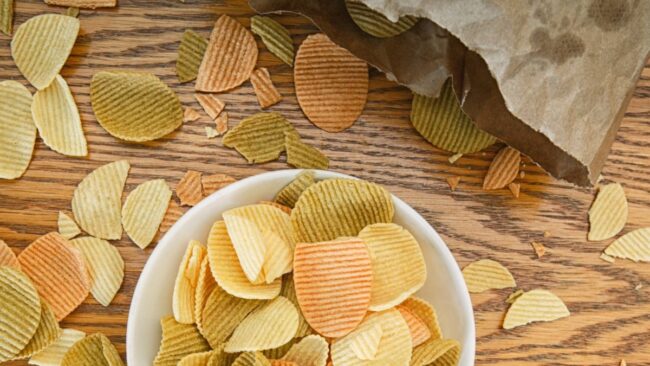
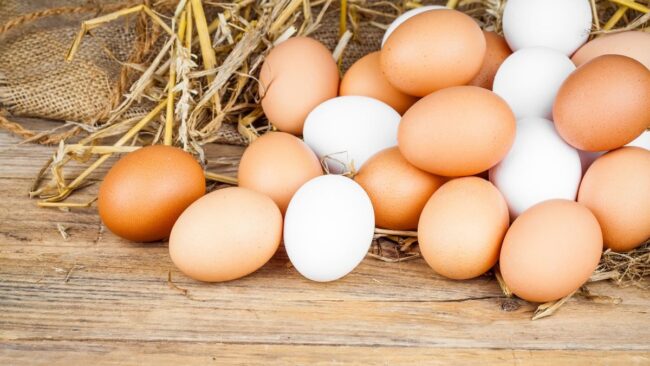
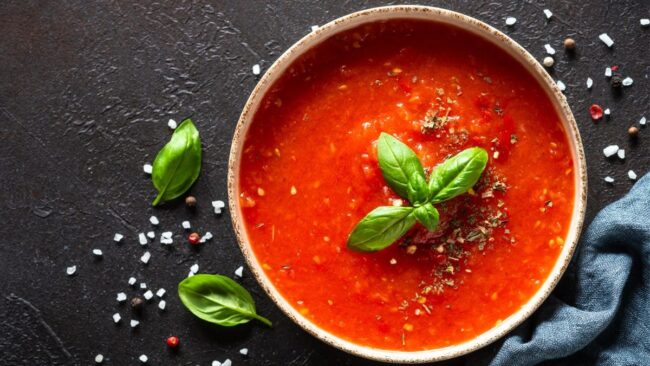
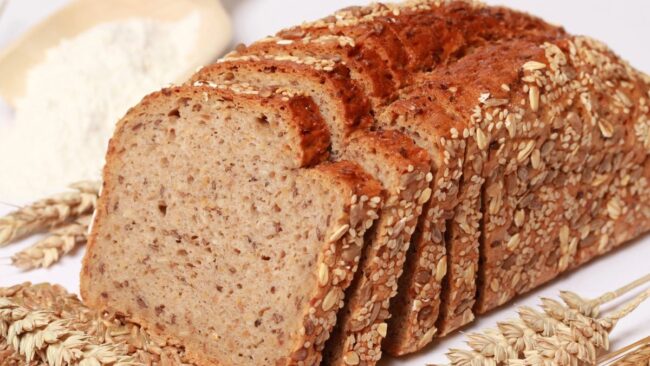

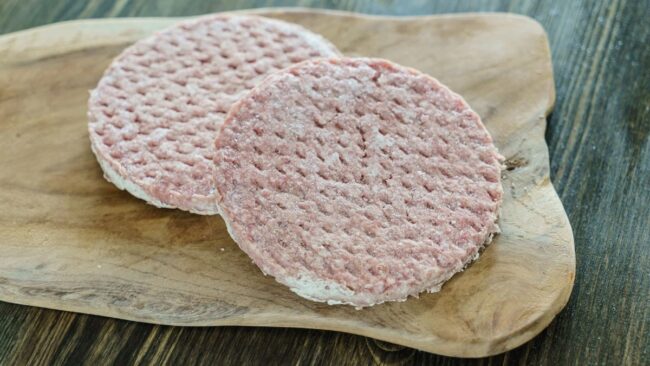
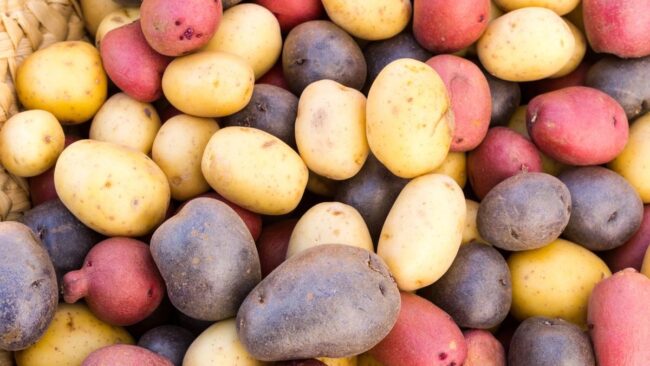


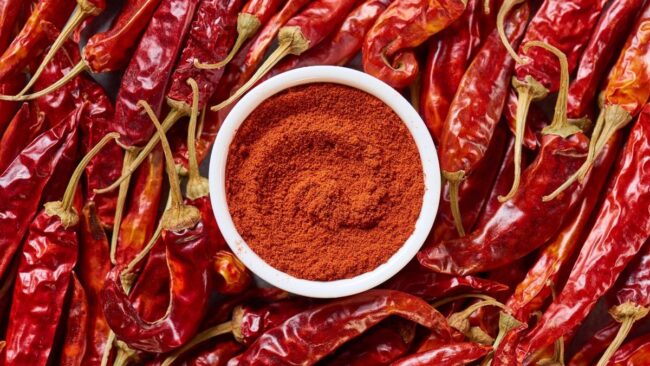
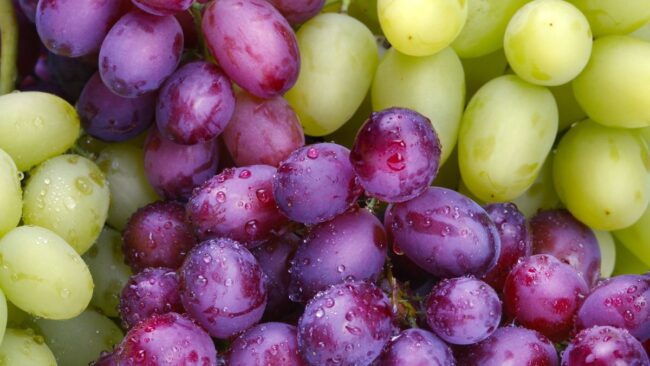
Amanda Collins
Founder and Senior Culinary Editor
Expertise
Culinary Arts and Management, Food Journalism and Critique, Recipe Development and Testing, Global Culinary Traditions, Sustainable Food Practices
Education
Institute of Culinary Education (ICE), New York, NY
Program: Diploma in Culinary Arts
Focus: Intensive hands-on training in culinary techniques, recipe development, and kitchen management, preparing students for professional roles in the culinary industry.
Monroe College, New Rochelle, NY
Program: Associate in Applied Science in Culinary Arts
Focus: Practical culinary skills, including cooking techniques, menu planning, and kitchen operations, with an emphasis on hands-on experience and industry standards.
Amanda Collins is a seasoned chef and food editor with a deep love for global flavors. Trained at the Institute of Culinary Education and Monroe College, and with over 15 years in the culinary field, Amanda has refined her skills in kitchens worldwide. Her background in food studies gives her a unique ability to share both recipes and the cultural stories that shape them.
As senior culinary editor at thebreslin.com, Amanda’s work brings authentic dishes to life, inviting readers to explore new flavors and techniques from around the globe. Her approachable style makes it easy for anyone to bring a bit of the world’s cuisine into their kitchen.